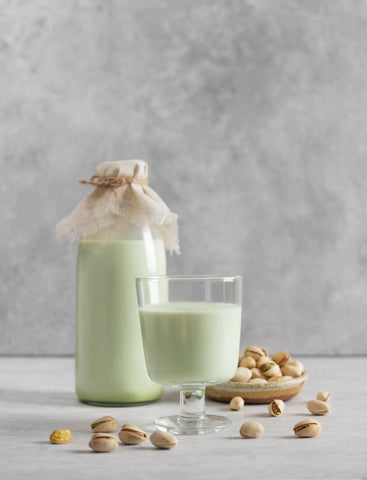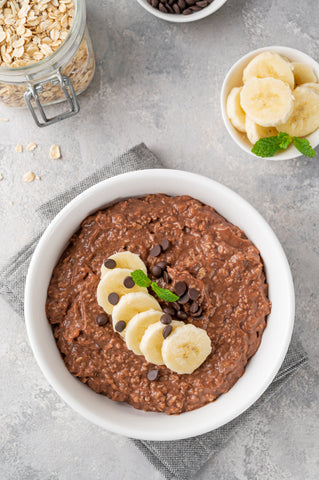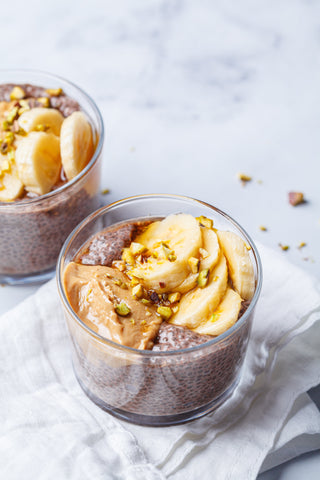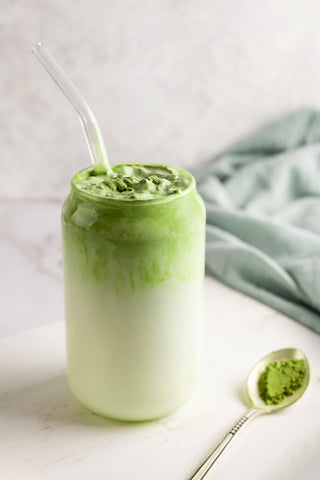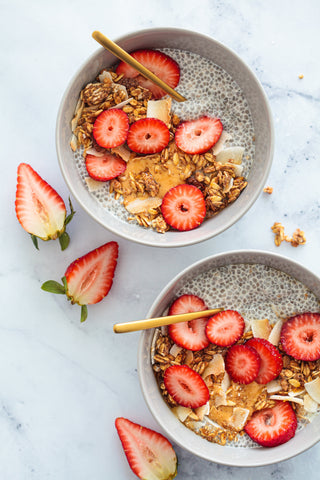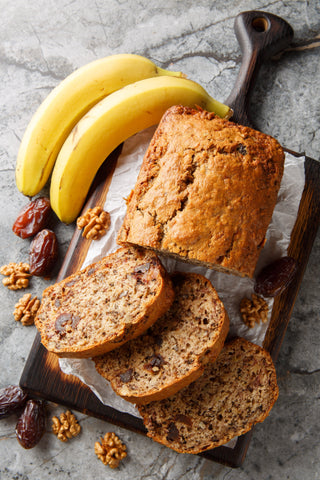
Signs Your Baby is Getting Enough Milk While Breastfeeding
Share
Breastfeeding can be one of the most intimate and rewarding parts of early motherhood — but it can also stir up a lot of anxiety.
If you’ve ever sat in the dark, staring at your baby and wondering, "Are you full? Did I give you enough? Am I doing this right?" — you’re not alone. One of the most common fears new moms face is whether their baby is actually getting enough milk.
The good news? Your baby’s body gives you clues. And once you know what to look for, it becomes easier to trust the process and yourself.
Here are 7 reassuring, mom-approved signs your baby is getting enough milk while breastfeeding:
1. Wet and Dirty Diapers: Your Baby’s Built-In Tracker💩
One of the clearest signs that your baby is feeding well is in the diaper.
- In the first 2–3 days, expect 1–2 wet diapers per day. By day 5, that should increase to 6–8 wet diapers daily.
- After your milk comes in, you’ll likely see at least 3–4 poopy diapers per day. The color and texture will change too — from dark meconium to yellow and seedy.
Regular diaper output = milk is going in.
2. Steady Weight Gain (After the Initial Drop)
It’s normal for newborns to lose a bit of weight in the first few days after birth. But by day 10–14, they should be back to birth weight — and then gaining steadily from there.
- Most breastfed babies gain 4–7 ounces per week in the early months.
Your pediatrician will track this at wellness checks, but noticing your baby filling out those tiny onesies is also a great sign.
3. Your Baby Seems Satisfied After Feedings
Does your baby unlatch with a sleepy sigh and relaxed body? That’s a great indicator they’ve had a satisfying feed.
Signs of a full baby:
- Open hands (not clenched fists)
- Sleepy or calm demeanor post-feed
- No frantic rooting or continued hunger cues
4. Your Baby Feeds Often — and Actively 🍼
Feeding every 2–3 hours (8–12 times in 24 hours) is completely normal in the early weeks. What matters most isn’t just frequency — but that your baby is actively sucking and swallowing during the feed.
Listen for soft swallows. Watch for rhythmic jaw movement. A good latch and an engaged baby = effective milk transfer.
5. You Notice Breast Changes During and After Nursing 💗
Before nursing, your breasts may feel full or firm. After nursing, they should feel softer — a sign that milk has been removed.
Other signs of milk production:
- Leaking between feeds
- Let-down sensations (a tingle or tightness)
- Seeing milk in the baby’s mouth
6. Your Baby Is Alert, Responsive, and Growing 🌟
Well-fed babies tend to be alert and content when awake, with healthy skin tone and consistent growth milestones.
Lethargy, poor weight gain, or listlessness are signs to check in with a professional.
7. You Have Support and You’re Trusting Your Gut
Whether it’s your pediatrician, a lactation consultant, or a trusted friend — having someone in your corner matters.
If something feels off, don’t wait. Reach out. It doesn’t mean you’ve failed — it means you’re showing up for your baby. And that’s exactly what a good mom does.
From Mom to Mom
✨ Breastfeeding doesn’t have to feel like guesswork. You’re not expected to have it all figured out. But you do deserve support, clarity, and confidence along the way.
Need more guidance? Explore the Bloom & Heal blog for nurturing, expert-backed postpartum resources — and check out our best-selling maternity nursing bra designed for comfort and easy latch access during every stage of your feeding journey. 💕
FAQ: Common Questions About Whether Your Baby Is Getting Enough Breast Milk
Q: How do I know if my baby is still hungry after breastfeeding?
A: If your baby continues rooting, crying, or seems restless shortly after nursing, they may still be hungry. Try offering the second breast, or observe whether they’re comfort-seeking rather than truly hungry.
Q: What color should my baby's poop be if they're getting enough milk?
A: In the first few days, it will be black or dark green (meconium), then transition to mustard yellow with a seedy texture. Yellow, soft, and frequent is a good sign in breastfed babies.
Q: How often should I breastfeed my newborn?
A: Every 2–3 hours, or 8–12 times in 24 hours. It’s common for feedings to be clustered during growth spurts.
Q: What if my baby sleeps too long between feedings?
A: In the first few weeks, it’s okay to gently wake your baby if they’re going longer than 3 hours without eating, especially if they’re not gaining weight steadily yet.
Q: Is it normal for my breasts to leak or feel engorged?
A: Yes! Leaking and engorgement are signs of active milk production. As your supply regulates, this will ease.
Q: When should I talk to a lactation consultant?
A: If you have pain while nursing, your baby isn’t gaining weight, or you’re worried about supply, a lactation consultant can provide tailored help.






